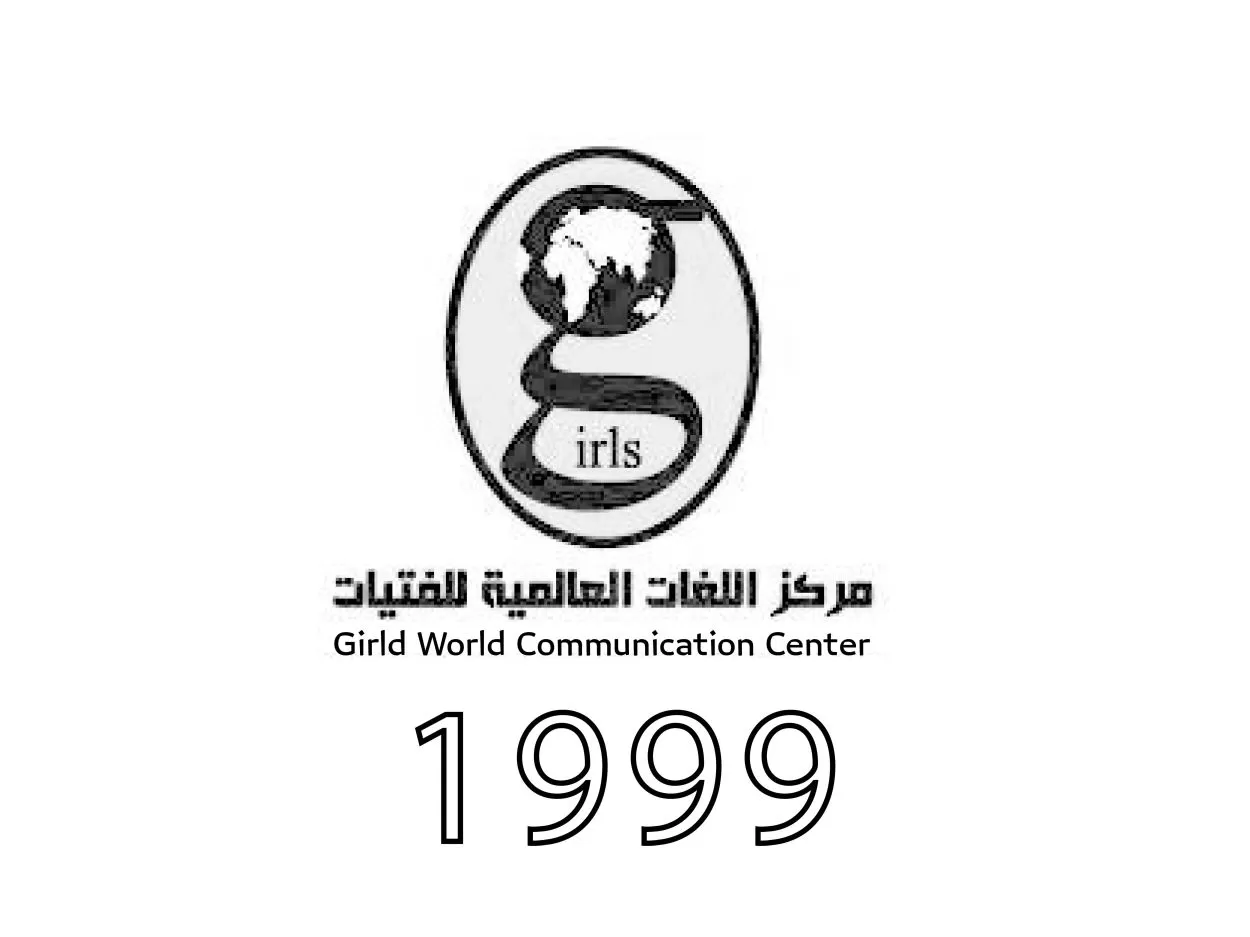1999
Administrative Expansion and Drawing a Logo for the Initiative

The two main founders of the "Girls’ World Initiative" (Karen Mirberg and Almutawakel’s launch, along with Gabool Almutawakel) sensed the great success achieved by the initiative in its first year, and because they had the desire to develop the initiative and move from educating girls on official holidays to opening the door to education throughout the year. By adopting this strategy, the courses of the development initiative were implemented during the summer vacation on a daily basis, and every Thursday in the rest of the year, to satisfy the girls’ need for knowledge and to continue to educate them and build their scientific and practical abilities in relation to English language as well as raising awareness about the use of water in addition to teaching them swimming. During the year 1999 the number of future girls seek education increased at the "Girls' World Initiative".
In the last third of 1998, an operational and administrative structure was built for the initiative, starting from renting a small two-room apartment on Al-Zara’a Street (Beit Othrib) in Sana’a at a simple operational expense and in a serious cooperative spirit, the volunteers working in the initiative furnished the apartment by bringing a desk or a chair, according to the recycling system, that is, those who have surplus things in their home bring them. The building also included a “Termana” as an annex to the two training rooms, bearing the name of the place of seclusion in particular. At that time, Merberg drew the slogan (Girls' World Initiative) on a piece of cork followed by a simple functional and administrative division, as part of task’s division. The initiative was based entirely on self-contributions and did not receive any funds to support its work.
The "Girls’ World Initiative" continued to educated girls at its best until the beginning of the millennium, and the volunteer staff felt that there was a tremendous need to acquire counseling and awareness skills, and there was a great thirst for the idea on the girls’ part, which prompted the Foundation to develop its strategy as it had a success unanimously agreed upon by all the beneficiaries.



